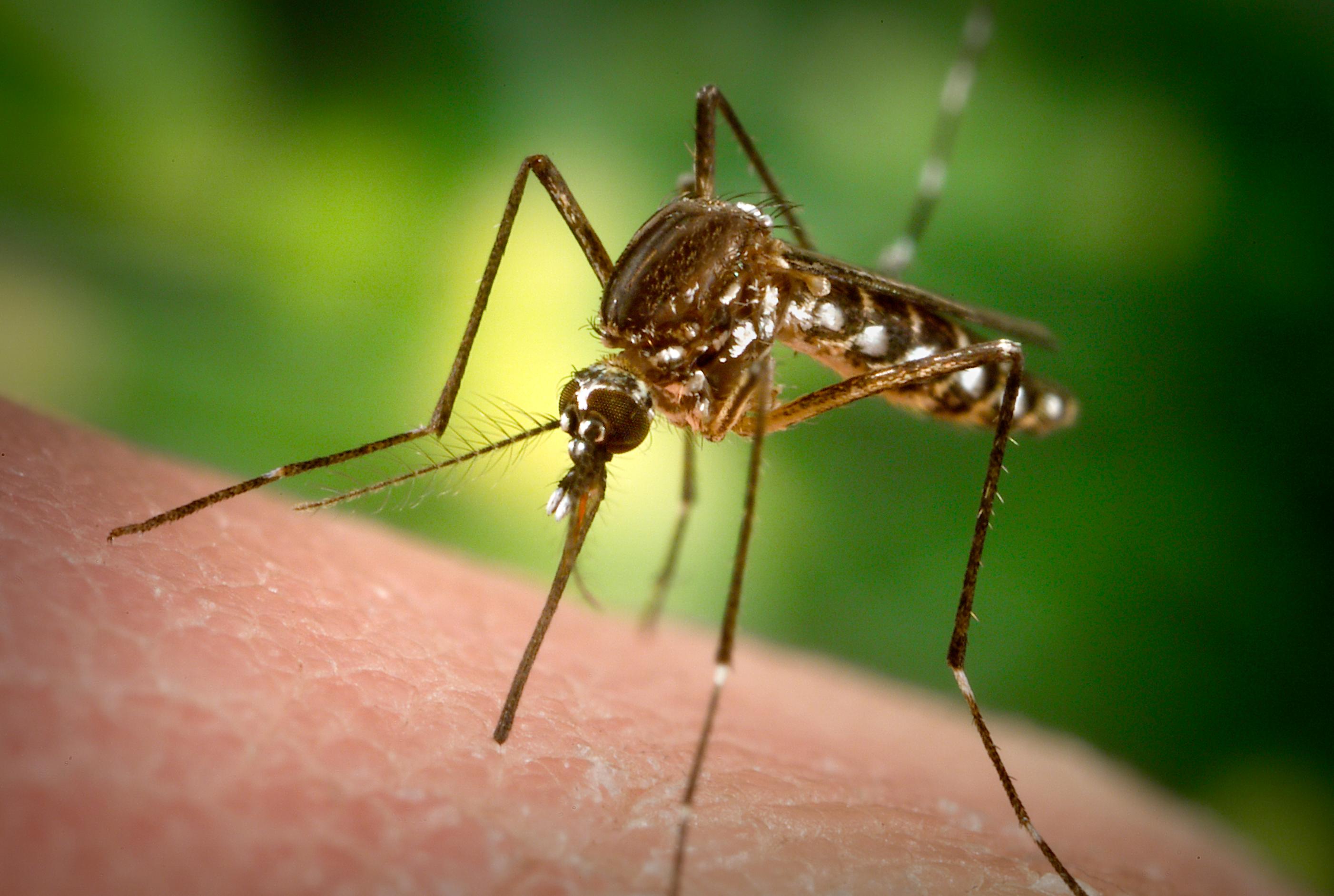| Picture not available | Sometimes referred to as “sheep ticks,” these unique flies spend their entire life on domestic sheep. They are wingless as adults and cause considerable economic damage by feeding on the blood of sheep which leads to weight loss and unthriftiness. |
Description:
The adult sheep keds are wingless ectoparasites that consume one bloodmeal a day. Their feeding period lasts from 5-10 minutes and is done from the large vessels near the base of the wool. An adult female fly can live 4-5 months and during this time a single female will produce 10-12 larvae. Male flies live about 2-3 months.
The female will grow larvae in her uterus for 7-8 days before depositing the fully developed larvae on to the sheep’s wool. The larvae are cemented to the sheep’s wool by the adult female.
Within 12 hours of being deposited, the puparium forms. The puparium are generally located on the underside of the sheep and more readily on the younger animals.
Flies are transmitted among a flock by direct contact. Newborn lambs are infested directly from their mothers soon after birth. They are more commonly found in the cooler highlands worldwide, not distributed in tropical regions.
Animals Attacked:
Sheep, prefer younger animals
Veterinary Impact:
The bites are very uncomfortable and sometimes heavy infestations can lead an animal to be emaciated and susceptible to secondary infections. The crawling of the flies is felt by the host and can be quite annoying.
Sheep keds are known vectors of pathogens and parasites such as, Trypanosoma malophagium, Rickettsia melaphagi and blue tongue virus.
Feeding by sheep keds causes a defect in sheep-skins called cockle or rib cockle, blemishes thought to be allergic reactions to salivary secretions. Ensuing results of this condition are scattered, dense, brownish nodules in the grain layer of sheep skin. This seriously downgrades both the grain and suede types of leather. The dense nodules cannot be flattened out and are impenetrable to dyes, leading to significant economic losses of several million dollars for the leather industry in the US per year. Elimination of the sheep keds will allow for the skin to recover from the bites and the pelts will become usable again.
Many ranchers in the western US believe that heavy sheep ked infestations contribute to a condition referred to as back loss. This is when death occurs by the ewes rolling onto their backs to relieve irritation from the bite but the animals become stuck and eventually suffocate due to internal organ pressure against the diaphragm.
Disease Transmission:
Sheep keds have been implemented as vectors (carriers) of Trypanosoma malophagium, Rickettsia melaphagi, and blue tongue virus.
Trypanosoma malophagium is a non-pathogenic flagellate protozoan that is rarely seen due to being present in relatively small numbers. The protozoan is ingested by a sheep ked when eating on an infected animal. The protozoan then develops in the midgut of the sheep ked into the infective form that is released from the sheep ked in its feces.
Control:
There are several extensive control techniques that have been developed and recognized as successful means for controlling sheep keds. Begin by shearing sheep before lambing, this will reduce sheep ked populations by 75% and limit the number transferred to the lambs. Treating sheep in spring after shearing with an insecticide treatment is effective and commonly done. Treating an animal with insecticides consist of whole body sprays, dusts and dips, as well as pour-ons. Pyrethroids have been found to be effective against sheep keds.




